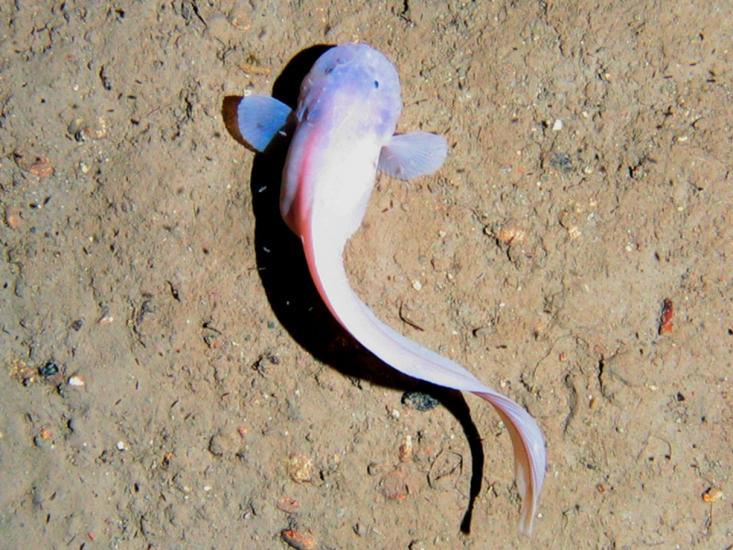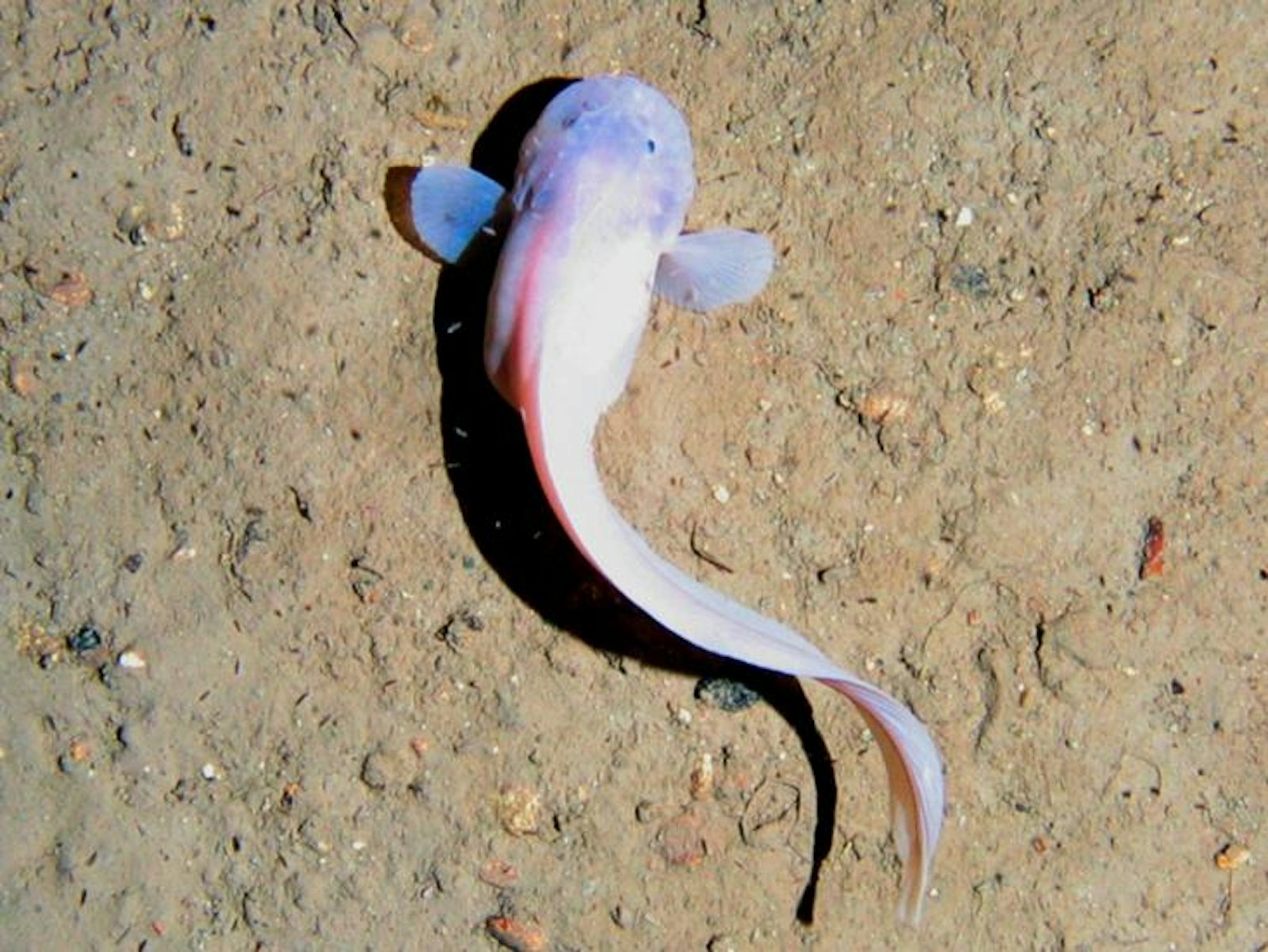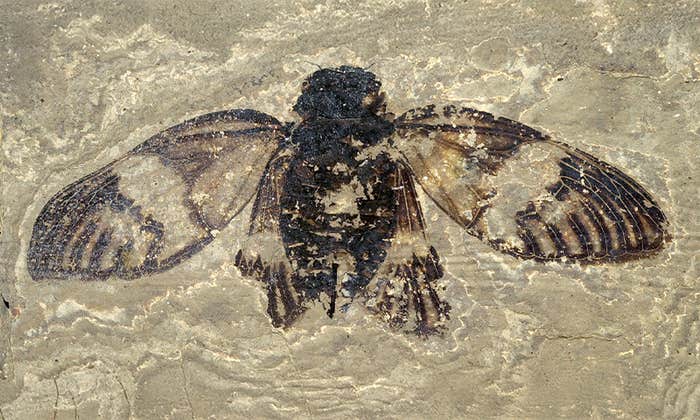Once, while fishing for salmon, I hooked a clam. It fought bravely, and when I finally pulled it from the water I could see that I hadn’t just snagged it, as you might expect, but that it had taken the bait willingly. These are minor points; what matters here is that the clam, so different from a salmon, forced me to reconsider what might lie below the murky water. It did not seem like a place for clams, but there it was, spinning at the end of my line.
Fishing is this way. Even knowing what kind of fish you want to catch, where and when to find said fish, and what kind of bait it likes to eat, you’re always working by feel. Line and hook or nets serve as surrogate fingers, groping their way through an unseen world, and until they break the surface and the fist is opened, there is no way of knowing exactly what was grabbed. At risk of mixing metaphors, what I’m trying to say is that there’s always the chance of catching a clam. It’s what makes fishing fun, and it’s also a good way to think about the story of the world’s deepest fish, a fish that probably wasn’t a fish at all.

Before the morning of January 23, 1960, when Swiss oceanographer Jacques Piccard and US Navy officer Bob Walsh climbed into the Trieste bathyscaphe and began their descent into the Mariana Trench’s Challenger Deep, scientists did not think that any fish swam in the deepest parts of the ocean. Occupying just two percent of the ocean’s bed but holding nearly half its depth, oceanic trenches are completely dark, only a couple of degrees above freezing, and crushing—at the ocean’s deepest point, nearly seven miles down in the Mariana, the pressure builds to eight tons per square inch. Almost all nutrients here in the Hadal Zone, this part of the ocean 3.7 miles below sea level and deeper, arrive from above, waste and corpses drifting down from shallower water. It did not seem like a place for fish.
But when the bathyscaphe—a pressure-resistant vessel with a large top compartment filled with gasoline, water, and ballast, sitting above a small, spherical, windowed cabin— bottomed out five hours later and 6.8 miles below the surface, Piccard and Walsh were surprised to see something swimming away in the cloud of debris raised by their impact. “Slowly, very slowly,” Piccard wrote in the August 1960 issue of National Geographic, “this fish—apparently of the sole family, about a foot long and half as wide—moved away from us, swimming half in the bottom ooze, and disappeared into the black night, the eternal night which was its domain.”
Almost immediately, though, oceanographers and ichthyologists began to question Piccard and Walsh’s account, deeming it more likely they’d seen some sort of flattened invertebrate, perhaps a pancake-shaped holothurian; at that time, nets dragged—trawled—through the ocean’s trenches had rarely ever recovered fish deeper than about 4.7 miles. But more than 50 years later, the story of the deepest fish still won’t go away.
Part of the problem is that scientists aren’t sure what really is the world’s deepest fish. In 1970, a cusk eel caught in a trawl at 5.2 miles seemed, at least, to prove that fish could go very deep. But nobody ever again caught a cusk eel (not an eel, actually, but a cod-like fish that most resembles a parsnip with a face) at those depths, and a specimen that was later caught high in the water column forced scientists to consider the possibility that the cusk had been caught in the net on its way to or from the surface, not at the bottom—that this deepest fish, was in fact, not.
A species of snailfish became the deepest confirmed fish in 2008, when scientists filmed a group of them 4.8 miles down in the Japan Trench, tadpole-shaped and a translucent off-white, swarming over the bait. The discovery of this new “deepest fish” was widely reported, but once more Piccard’s fish proved more memorable; when he died in November of that year, the flatfish appeared again, in obituaries in The Associated Press, The Guardian, BBC, and other outlets, always treated as fact.
In 2012, Alan Jamieson and Paul Yancey published a paper that aimed to finally dispel the myth, arguing that 1) other species of flounder, sole, and other halibut-type fish are not remotely deep-sea fishes; 2) that it was murky; 3) that nobody has ever seen the fish there again; 4) and that fish probably can’t even live that deep. In another paper, published in the Proceedings of the National Academy of Sciences in the spring of 2014, Yancey and his coauthors expanded on this last point, hypothesizing that the snailfish might live about as far down as fish could live. Deep-sea creatures have high levels of trimethylamine N-oxide, a molecule that allows proteins to operate at high pressure. Predictably, snailfish have especially high levels, the scientists found when they analyzed specimens of a snailfish species caught deep in the Kermadec Trench near New Zealand. (This molecule also breaks down into trimethylamine, the fishy-smell molecule; Yancey confirms that deep-sea fish are indeed especially stinky). Beyond roughly 5.2 miles deep, though, the molecule begins to interfere with the fish’s osmotic balance, whereby the inside of the fish is kept somewhat less salty than the surrounding water. At this depth, instead of trying to keep its fresher water in, the usual problem for a marine fish, it begins to uncontrollably take on water, a problem its body has no way of dealing with.
Last November, Yancey, a biologist at Whitman University, was part of a team that discovered a new deepest fish floating in front of the camera 5.1 miles deep in the Marianas Trench. This new fish is probably also some kind of snailfish, Yancey says, although it looks less like a tadpole and more like the dumpling in a bowl of wonton soup, a lumpy body surrounded by wispy translucent fins. The solitary fish remains unnamed, the only one of its type ever seen, living at what is perhaps the very limit of what is physically possible. The discovery received a lot of media attention; people are attracted to the idea of the deepest fish, Yancey says. Maybe there is something especially poignant in its solitude. Although in order to name and describe the species, scientists would have to capture a specimen, Yancey says he gets “a lot of emails from people that say, ‘Leave it alone!’”
After the hero of H.G. Wells’ 1895 novella The Time Machine escapes from the subterranean, yeti-like Morlocks, he takes a joyride, arriving in the distant future on a strange beach. Looking around him, he sees that the light of the sun has dimmed, that the tide has slowed and the air thinned. He is horrified to find nothing familiar, only enormous crab-like creatures that stare with dull eyes. He skips ahead again, stopping to witness the end of the Earth. His only companion at Armageddon is a tentacled mass that flops in the shallows beside him. Maybe this is how it is in the deepest two miles of the ocean, that other end of the Earth—fish, our evolutionary forebears, giving way to alien, spineless forms, a full quarter of the ocean’s depth the sole dominion of invertebrates utterly unlike us.
But maybe not. The deep ocean is still a relative mystery—every new expedition and every new hook in the water pulls up something new, Yancey says. His colleagues are currently working to name the three new deep-sea species they collected last November. Maybe there are other, deeper fish out there, fish that haven’t been found because they don’t care for the bait that’s been offered or because they’re scared off by the lights and the noise. Maybe that super-deep cusk eel really was grabbed off the bottom, and maybe Piccard and Walsh really did see a flounder at the bottom of the ocean, despite the scientific community’s analysis. “It’s like Bigfoot,” Yancey says. “You’ll never be able to prove it doesn’t exist.” It’s unlikely, but maybe down there somewhere are fish that have somehow evolved a way around Yancey’s hypothesized biochemical limit. Such a discovery would force a complete re-reckoning of his hypothesis, a re-evaluation of the forces at play, but he says he would welcome that deepest fish as a happy surprise, something a bit like hooking a clam.

























